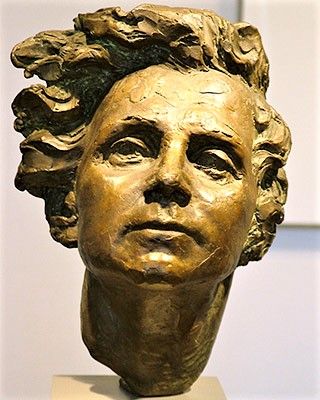
A bronze bust of Rachel Carson. Carson’s book Silent Spring alerted the public to the dangers of chemical pesticides and launched the environmental movement. (Image courtesy of jfholloway on Flickr. License CC BY-NC-SA.)
Instructor(s)
Prof. Edmund Bertschinger
MIT Course Number
WGS.160J / STS.021J
As Taught In
Fall 2019
Level
Undergraduate
Course Description
Course Features
Course Description
This subject examines the role scientists have played as activists in social movements in the U.S. following World War II. Themes include scientific responsibility and social justice, the roles of gender, race, and power, the motivation of individual scientists, strategies for organizing, and scientists’ impact within social movements. Case studies include atmospheric testing of nuclear weapons and the nuclear freeze campaign, climate science and environmental justice, the civil rights movement, Vietnam War protests, the March 4 movement at MIT, concerns about genetic engineering, gender equality, intersectional feminism, and student activism at MIT.
Read a profile of the class "Scientists as Engaged Citizens" by the MIT School of Humanities, Arts, and Social Sciences.


